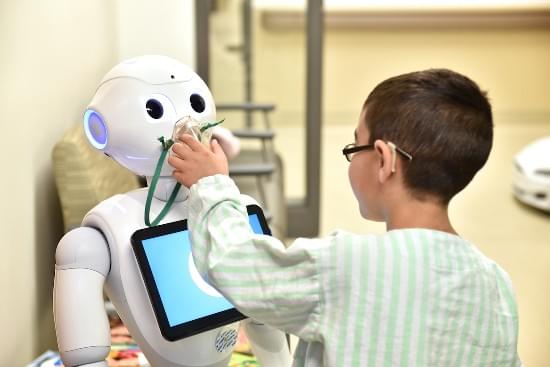Nvidia co-founder Jensen Huang brought the company public in 1999 at a valuation of $626 million. The stock has since appreciated by 152,766%.


Step into a new era of reading with ‘living books,’ where artificial intelligence breathes life into traditional literature, allowing you to engage, explore, and personalize your reading experience like never before.
“Alexa, play back that dream I had about Kirsten last week.” That’s a command that may not be too far off in the future, as researchers close in on technology that can tap into our minds and retrieve the imagery of our thoughts.
Researchers at the National University of Singapore and the Chinese University of Hong Kong reported last week that they have developed a process capable of generating video from brain scans. The research is published on the arXiv preprint server.
Using a process called functional magnetic resonance imaging (fMRI), researchers Jiaxin Qing, Zijiao Chen and Juan Helen Zhou coupled data retrieved through imaging with the deep learning model Stable Diffusion to create smooth, high quality videos.

Oh hey, AI enthusiasts and futurism fans! I’d love to share with you an article I recently wrote on my Substack. It takes you on a journey from the ancient Greek device known as the Antikythera mechanism, all the way to the generative AI explosion of 2023, tracing the history of computation and AI.
For more than a decade, I’ve been writing about technology, society, and the future, aiming to provide thoughtful analysis and critical thinking on the latest trends and their implications. I’ve been following these topics for over 15 years, and I am enthusiastic about initiating a meaningful conversation with you about the changing world and its intersection with technology.
Well, not that shocked.

BlackSky Technology and Spire Global have teamed up to create a real-time, commercially available Maritime Custody Service that can automatically detect, identify and track more than 270 thousand vessels worldwide in open water, along rivers and canals, and while docked at port.
The system uses data from Spire’s radio frequency-monitoring satellite constellation to detect emissions from maritime targets, including the ability to detect and locate dark vessels that manipulate their reported position in order to conceal nefarious activities. Then, BlackSky’s satellites automatically tip-and-cue to collect imagery and analyze the images using artificial intelligence to detect vessels, classify each vessel by type, estimate cargo and monitor change over time.
“BlackSky and Spire have developed a very cost-effective and flexible vessel tracking service capable of delivering on-demand maritime intelligence at scale,” said Patrick O’Neil, chief innovation officer at BlackSky. “The unique AI-driven system reduces end-to-end latency across the entire tasking, collection, processing, exploitation, and dissemination process. With interoperability in mind, the MCS provides an easy-to-use autonomous, continuous and predictive maritime tracking capability directly into customer hands.”

A child interacts with Pepper, a robot that can sense how someone feels by analyzing facial expressions. See a guide for parents and teachers to help kids understand and interact with AI.
Parents and teachers need to learn and provide guidance to children to help them explore what will be a growing AI relationship.

Founded in 2020, Moonfire Ventures has raised a $115 million second round of investment to invest in European technology and AI startups.
As reported by Reuters, a large investment fund called Moonfire Ventures has just raised $115 million to help invest in European technology and artificial intelligence (AI) startups. Founded by Atomico (a venture capital firm) co-founder Mattias Ljungman in 2020, this news will undoubtedly be welcomed by the tech industry across the continent.
“Europe has been a leader in AI, and we find our best fit is to support the next generation of founders solving some of our greatest challenges within health, work, finance, and gaming,” said Ljungman.
Gopixa/iStock.

The bee is capable of flight in all directions and can also perform the challenging yaw motion.
Researchers at the Washington State University (WSU) in the U.S. have successfully developed a robotic bee that can fly just like a real bee marking a significant development in robotics.
Called Bee++, the robotic counterpart has four wings, each fitted with independent lightweight actuators that can control the wing independently. This design enables the robotic bee to emulate the six degrees of freedom movement in natural flying insects.

The Microsoft founder has called time on Amazon’s business as we know it—saying A.I. will make the e-commerce giant obsolete.
Billionaire philanthropist Gates added the developer destined to win the artificial intelligence race will be the one which manages to create a personal agent that can perform certain tasks to save users time.
“Whoever wins the personal agent, that’s the big thing, because you will never go to a search site again, you will never go to a productivity site, you’ll never go to Amazon again,” he explained.